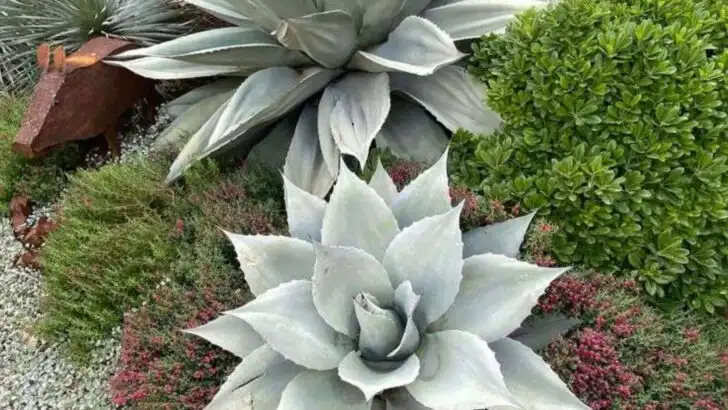Mediterranean plants are made for sun-soaked days, dry soil, and long, hot summers—which makes them perfect companions for your garden, balcony, or windowsill when the temperature rises. If you’ve ever struggled to keep typical plants alive in a heatwave, these 15 sun-loving species might be exactly what you need.
With roots in places like southern Italy, Greece, and coastal Spain, these plants aren’t just tough—they’re also incredibly beautiful and fragrant. From the silvery leaves of lavender to the citrusy aroma of rosemary, Mediterranean plants offer a mix of texture, scent, and color that thrives with very little care.
Best of all? Many of these plants are edible, drought-tolerant, and great for pollinators. So whether you’re planning a garden with a vacation vibe or just want greenery that doesn’t wilt in the sun, these Mediterranean gems can handle the heat—often better than we can.
Oleander
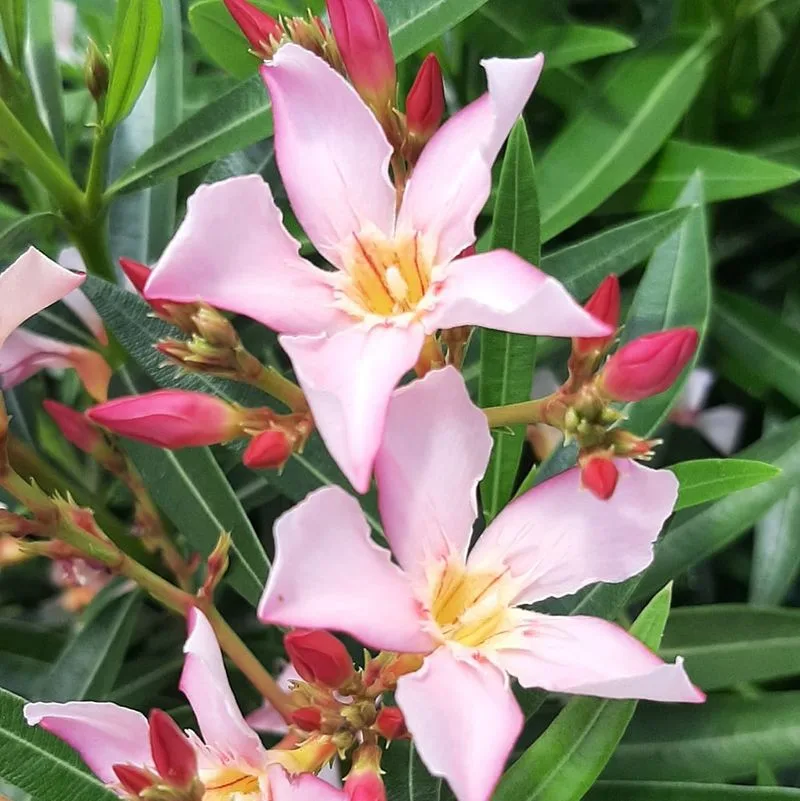
Imagine a bush that thrives where most wilt. Oleander is that resilient plant, bearing delicate, yet plentiful flowers in shades of pink, red, and white. Perfect for sunny gardens, it demands little water and attention, making it both a gardener’s dream and a pollinator’s delight. Poisonous if ingested, care should be taken around children and pets.nnA native to the Mediterranean, it often lines roadsides and gardens, providing color where there’s none. It’s a testament to beauty thriving under the sun’s harsh gaze. With oleander, less is more in terms of care, but the visual rewards are abundant.
Lavender
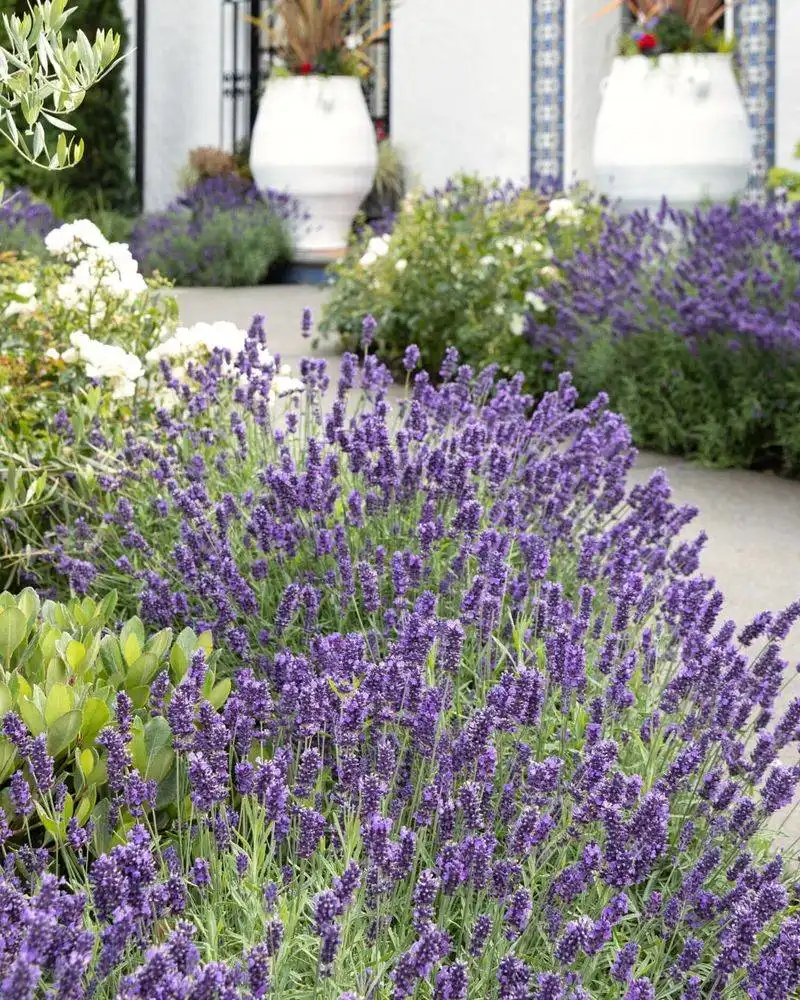
Lavender isn’t just a pretty face; it’s a olfactory delight. The unmistakable scent of its blossoms is both calming and invigorating, making it popular in gardens and essential oils alike. Its silvery foliage and purple flower spikes thrive in poor, well-drained soils and full sun.nnThis aromatic plant is a favorite among pollinators, drawing bees and butterflies to its fragrant blooms. In the Mediterranean, lavender fields stretch as far as the eye can see, painting the landscape in hues of purple. Its historical use in perfumery and medicine speaks to its enduring appeal.
Agave
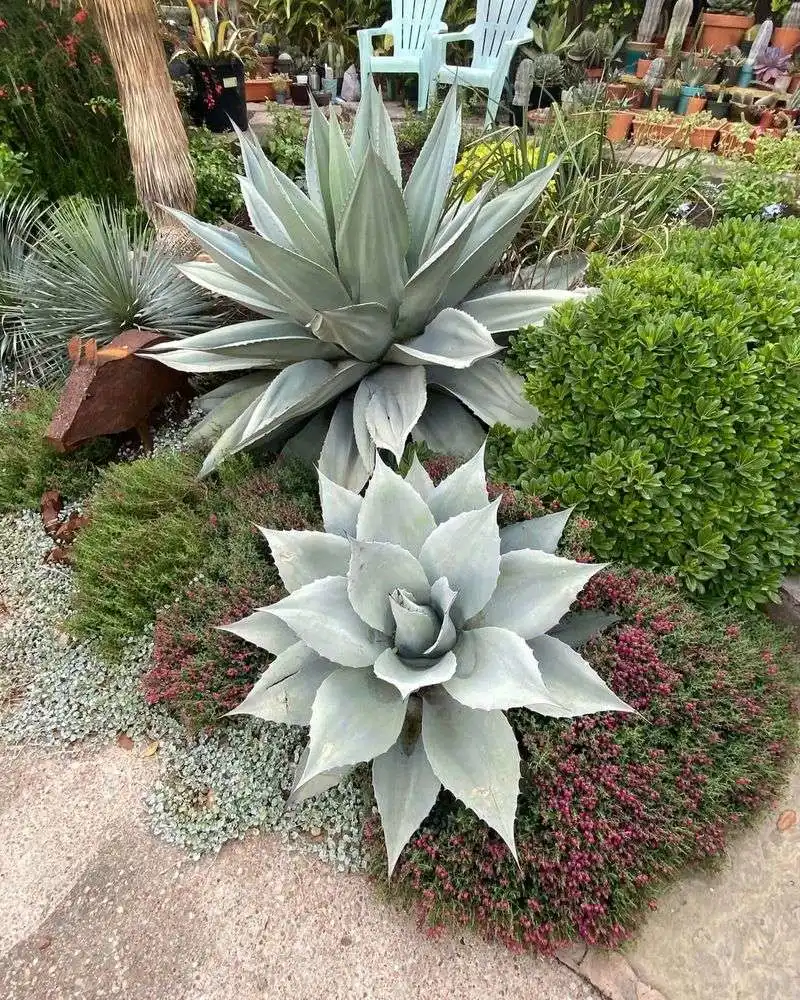
With its dramatic, sculptural form, agave commands attention. This drought-tolerant succulent is ideal for hot, arid environments, storing water within its thick, fleshy leaves. It requires minimal care while adding a modern, architectural element to gardens.nnAgave’s sharp leaf edges can deter pests and unwelcome visitors, making it a practical choice as well. Known for its use in producing tequila, this plant’s cultural significance is as rich as its appearance. Its resilience in harsh conditions symbolizes the strength to flourish where others cannot.
Bougainvillea
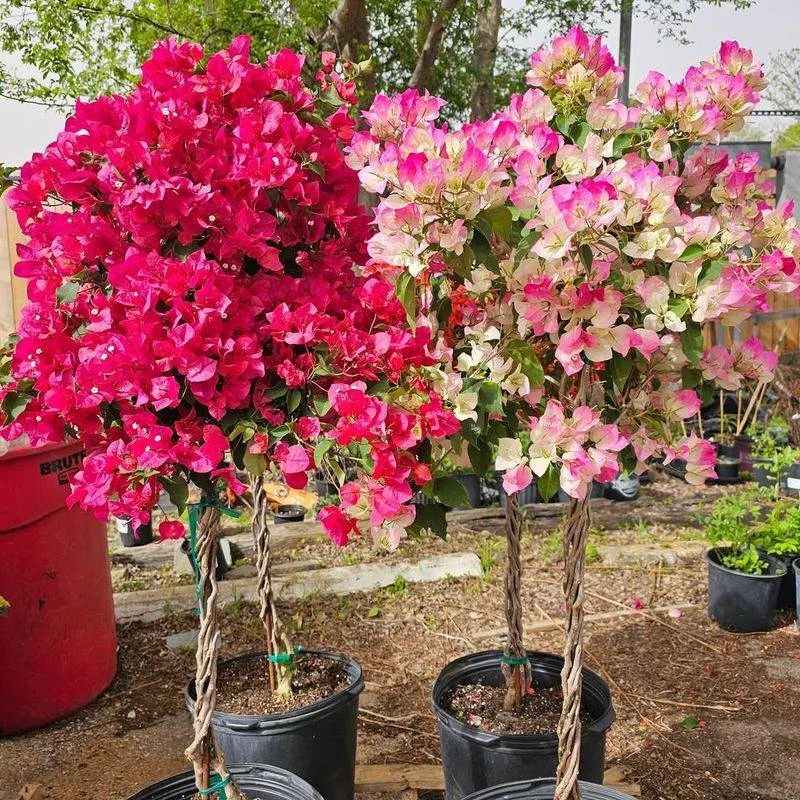
Bougainvillea paints the town with vibrant colors. Known for its paper-like bracts, this plant thrives in sun-drenched areas, climbing up walls and trellises with ease. Its dazzling display of reds, purples, and pinks can transform any space.nnResilient to drought, this plant is perfect for those who want maximum impact with minimal water use. While it can be thorny, the bursts of color it provides more than compensate. Bougainvillea’s Mediterranean roots are evident in its favored environments, where it turns ordinary landscapes into extraordinary ones.
Rosemary

Rosemary offers more than culinary delight. With its aromatic leaves and small, blue flowers, this herb is both beautiful and functional. It thrives in dry, rocky soils typical of Mediterranean landscapes, and it’s as hardy as it is fragrant.nnAn essential in the kitchen, its fragrance enhances gardens and attracts pollinators. Rosemary’s resilience and versatility make it a staple in Mediterranean cuisine and gardens alike. Originating from the region, its historical use in cooking and medicine underscores its enduring popularity and practical uses.
Cistus (Rockrose)
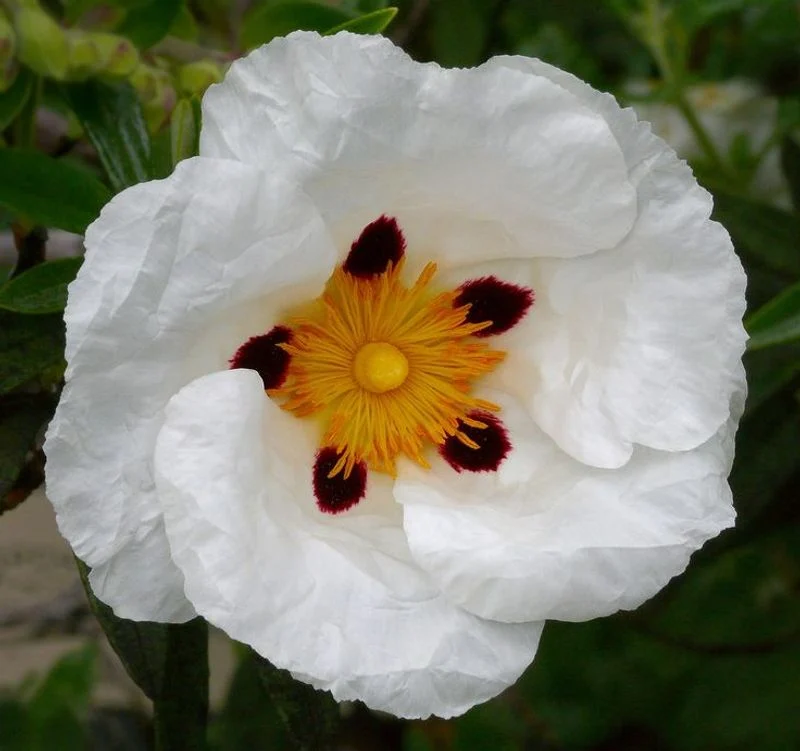
Cistus, or rockrose, captivates with its crinkled, paper-like flowers. These sun-loving shrubs thrive in rocky soils and can withstand dry conditions, making them ideal for Mediterranean climates.nnTheir sticky, aromatic leaves add texture and fragrance to gardens, while their blossoms attract bees and other pollinators. Often used in perfumes, rockrose’s resilience and beauty make it a cherished addition to any sunlit garden. It has become a symbol of survival, flourishing even in the most challenging environments.
Oregano
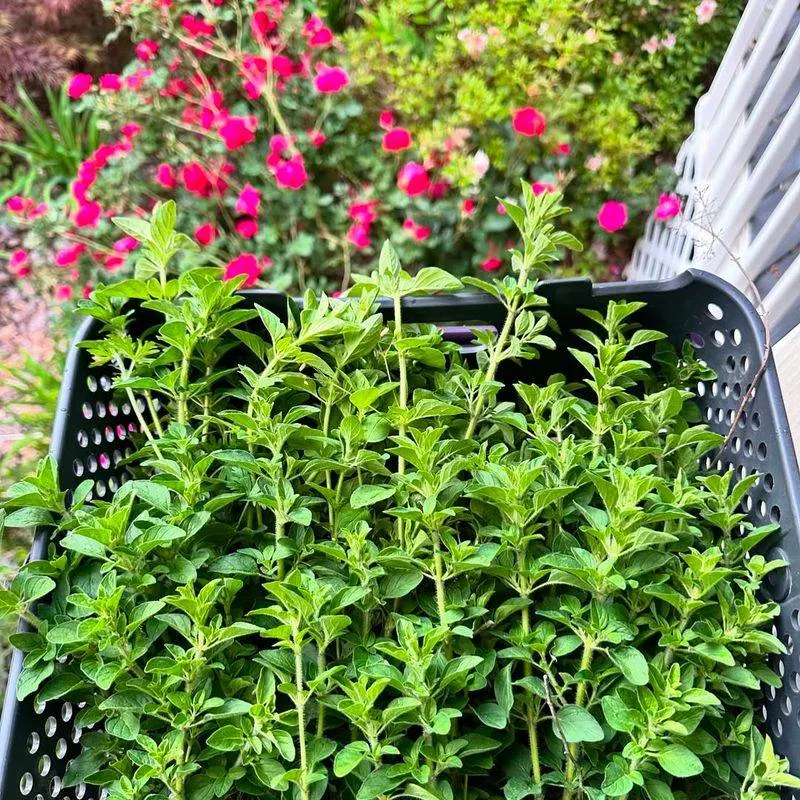
Oregano is a culinary superstar with a hardy disposition. Thriving in the Mediterranean’s dry, well-drained soils, it provides a flavorful punch to dishes worldwide. Its aromatic leaves are a staple in many kitchens, loved for their bold, peppery notes.nnBeyond the kitchen, oregano’s small, white to pink flowers attract bees and butterflies, adding life to gardens. Its historical use in medicine and cooking highlights its versatility and enduring appeal. This resilient herb is as much a part of Mediterranean culture as the sun itself.
Fig Tree
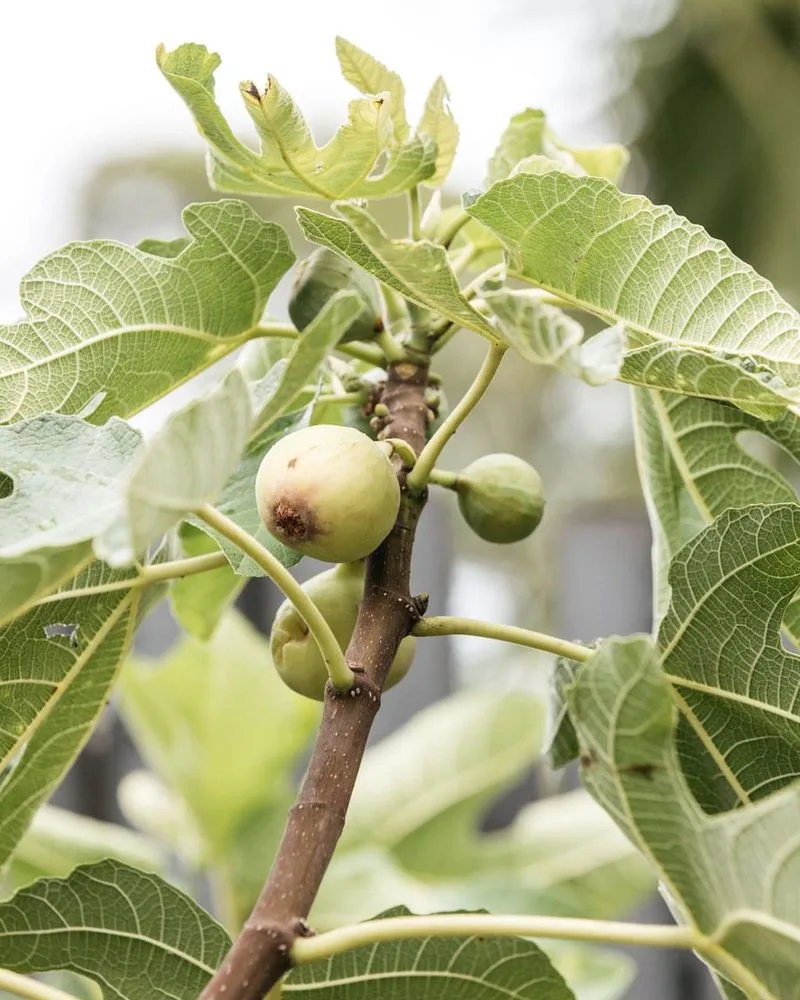
The fig tree is a symbol of abundance. With its broad, lush leaves and sweet, honeyed fruit, it thrives under the Mediterranean sun, requiring minimal water once established.nnBeyond its delicious fruit, the fig tree offers ample shade and a sanctuary for birds. Its historical significance in cultures around the Mediterranean underscores its importance. A fig tree not only adds beauty but also serves as a living testament to nature’s generosity and resilience.
Pomegranate

Pomegranate is steeped in symbolism and flavor. Its bright red fruit, filled with juicy seeds, is a feast for the eyes and the palate. This deciduous shrub thrives in the sun-drenched, arid conditions of the Mediterranean.nnWith its glossy leaves and striking flowers, it adds beauty to gardens and offers a rich cultural history. The fruit’s many seeds symbolize prosperity and fertility, making it a cherished plant in many traditions. Its resilience and adaptability make pomegranate a beloved staple in Mediterranean landscapes.
Olive Tree
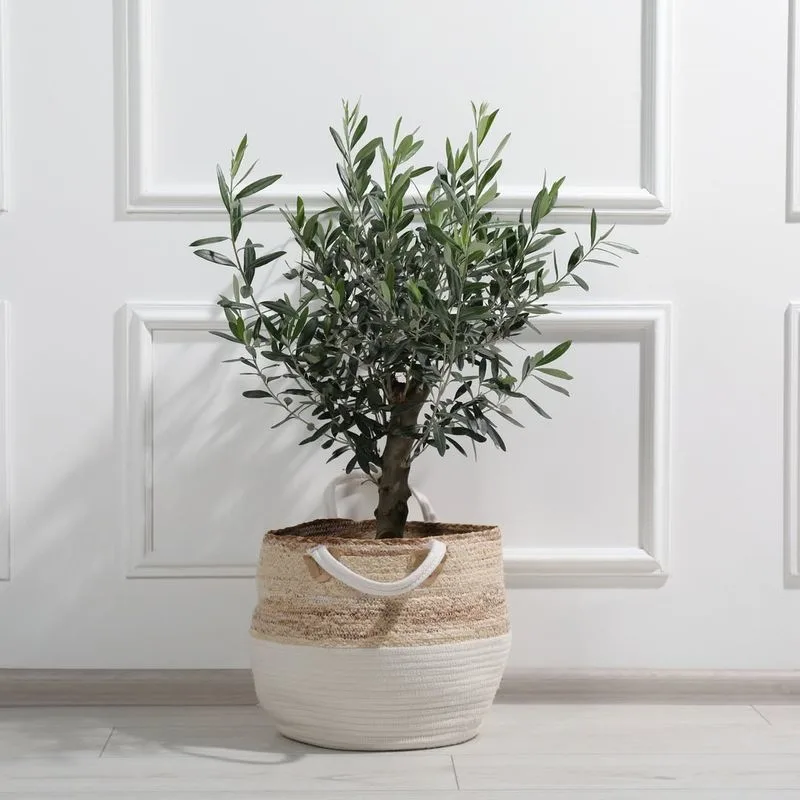
Olive trees are living history. With their gnarled trunks and silver-green leaves, they are as iconic as they are fruitful. Thriving in rocky, sunbaked soils, they produce olives that are central to Mediterranean cuisine and culture.nnThese trees can live for hundreds, even thousands, of years, symbolizing peace and prosperity. Their resilience to drought and poor soil conditions makes them a staple across the Mediterranean. The olive tree’s enduring legacy is as rich as the oil it produces, a testament to nature’s ability to withstand time’s passage.
Aloe Vera
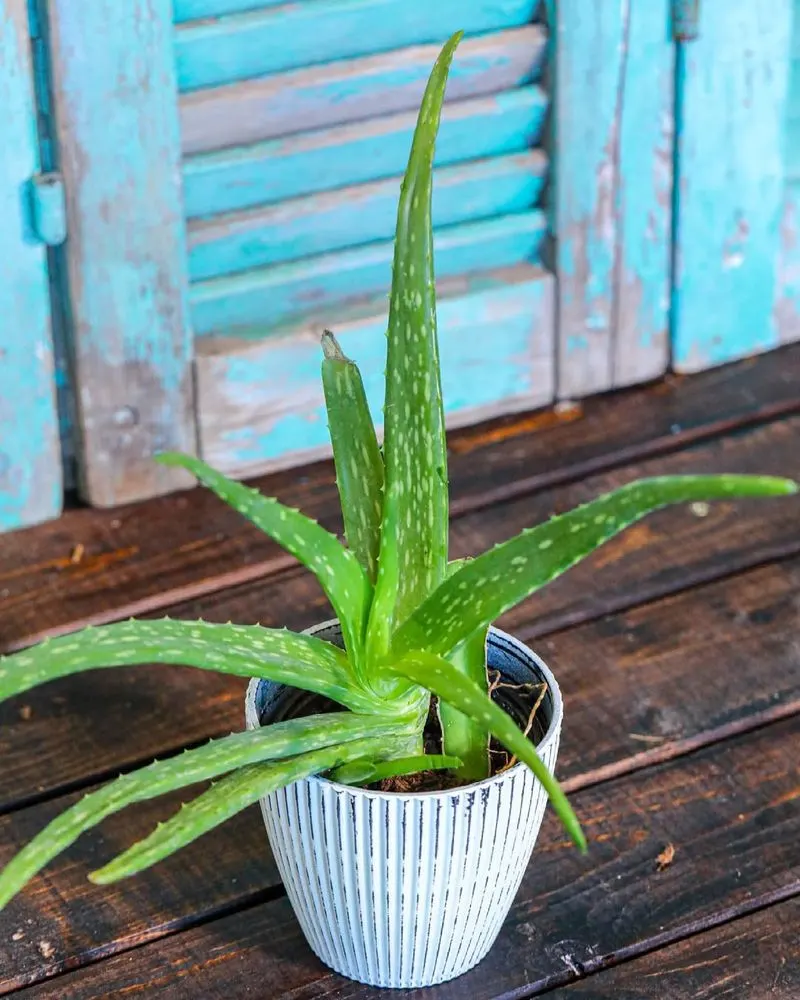
Aloe vera is nature’s healing gift. Known for its soothing gel, this succulent thrives in arid conditions, requiring minimal care while offering maximum benefits. Its thick leaves store water, making it incredibly drought-tolerant.nnUsed throughout history for its medicinal properties, aloe is often found in cosmetics and health products. Its resilience and versatility make it a favorite in gardens and homes. From sunburn relief to air purification, aloe vera’s utility is matched only by its ability to flourish where others might falter.
Mediterranean Fan Palm
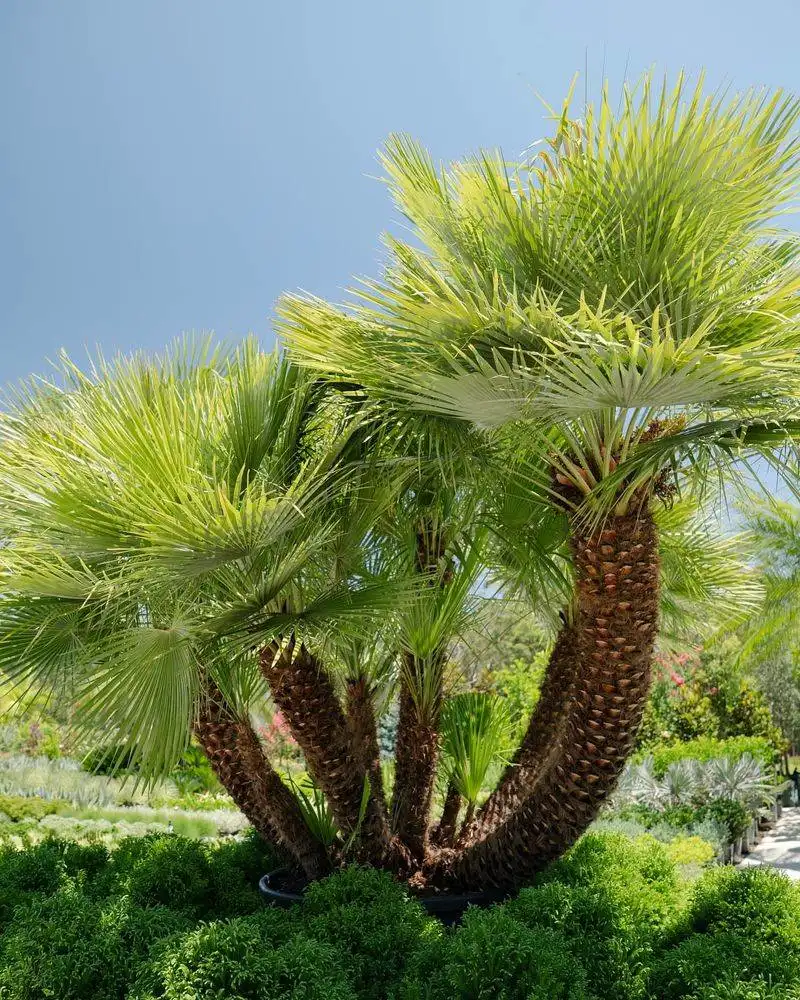
The Mediterranean fan palm adds a touch of the exotic to any garden. With its unique fan-shaped leaves and compact size, it thrives in hot, dry climates. This hardy palm is drought-resistant and adaptable, making it perfect for tough landscapes.nnIts striking appearance and low maintenance needs make it a favorite among gardeners. Able to withstand harsh coastal winds, it’s often found in seaside gardens. This palm’s resilience and beauty make it a standout, bringing a tropical feel to Mediterranean gardens.
Thyme
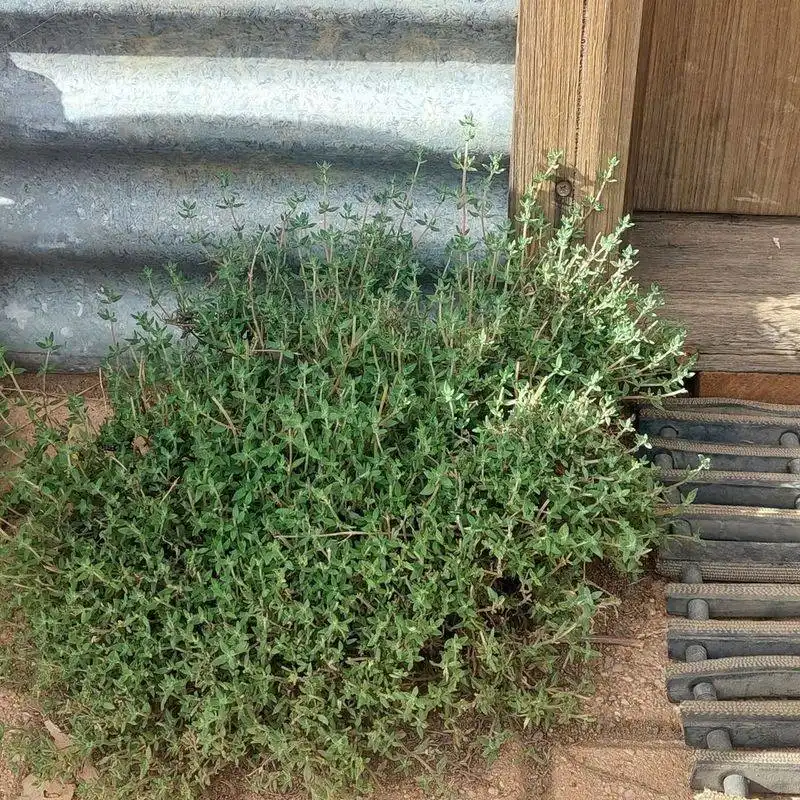
Thyme is the unsung hero of herbs. With tiny, aromatic leaves that offer a burst of flavor, it’s a staple in Mediterranean kitchens. This perennial herb thrives in well-drained soils and full sun, making it perfect for the region’s climate.nnIts pink to purple flowers attract bees, adding life to gardens. Beyond its culinary uses, thyme has been revered for its medicinal properties since ancient times. Its resilience and versatility make it as beloved in gardens as it is in kitchens. A small plant with a powerful presence.
Santolina

Santolina brings texture and fragrance to gardens. With its silvery-green foliage and bright yellow flowers, this aromatic shrub thrives in dry, rocky soils. It’s a fantastic border plant, offering both visual appeal and a natural pest deterrent.nnKnown as lavender cotton, its historical use in herbal medicine highlights its versatility. Santolina’s ability to withstand drought and heat makes it a valuable addition to Mediterranean gardens. This plant’s unique appearance and resilience make it a perennial favorite, offering beauty and functionality in one.
Cypress

Cypress trees stand as sentinels of elegance. With their tall, slender form, they create striking vertical accents in gardens and landscapes. These trees are incredibly drought-tolerant, thriving in Mediterranean climates with ease.nnOften found lining roads or marking property boundaries, they offer privacy and wind protection. Their historical significance in art and architecture underscores their lasting appeal. Cypress trees add a touch of sophistication and timeless beauty to any setting, embodying the spirit of the Mediterranean landscape.

